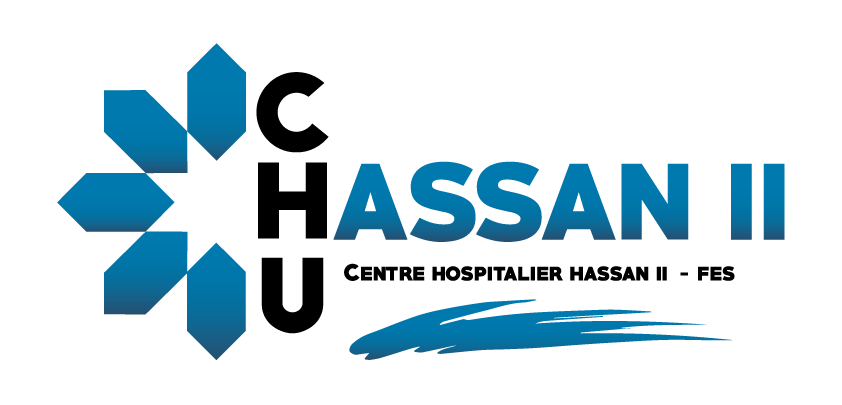Abstract
Despite our visual system receiving irrelevant input that competes with task-relevant signals, we are able to pursue our perceptual goals. Attention enhances our visual processing by biasing the processing of the input that is relevant to the task at hand. The top-down signals enabling these biases are therefore important for regulating lower level sensory mechanisms. In three experiments, we examined whether we apply similar biases to successfully maintain information in visual short-term memory (VSTM). We presented participants with targets alongside distracters and we graded their perceptual similarity to vary the extent to which they competed. Experiments 1 and 2 showed that the more items held in VSTM before the onset of the distracters, the more perceptually distinct the distracters needed to be for participants to retain the target accurately. Experiment 3 extended these behavioral findings by demonstrating that the perceptual similarity between target and distracters exerted a significantly greater effect on occipital alpha amplitudes, depending on the number of items already held in VSTM. The trade-off between VSTM load and target-distracter competition suggests that VSTM and perceptual competition share a partially overlapping mechanism, namely top-down inputs into sensory areas
| Référence | 2828 |
| Année | 2013 |
| Type | Article |
| Lien externe | https://www.ncbi.nlm.nih.gov/pmc/articles/PMC3727038/ |
| Disciplines associées | Autres |
| Auteur | Shimi A |
| Auteurs associés | Astle DE. |
| Discipline | Réanimation Polyvalente 1 |
| Revue | J Neurophysiol. |
| Référence Revue | 110(1): 12–18 |
